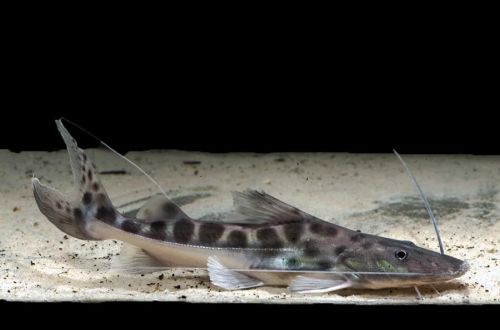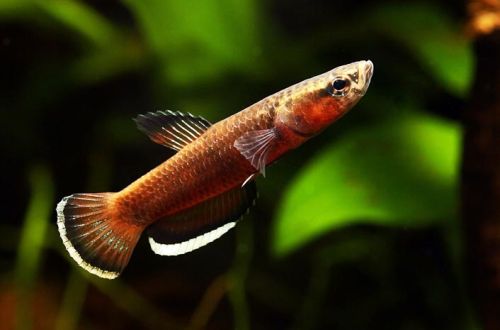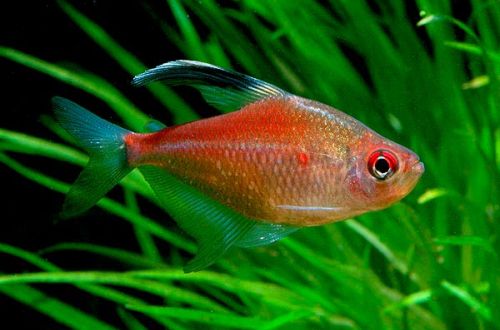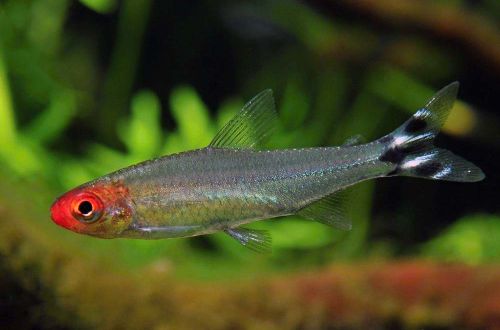
Piraiba
Piraiba, scientific name Brachyplatystoma filamentosum, belongs to the family Pimelodidae (Pimelod or flathead catfish). It is one of the largest freshwater fish, with rare exceptions, it is practically not found in amateur aquariums. It is considered an important commercial species in its habitats.

Contents
Habitat
Comes from South America. Widespread throughout most of the Amazon and Orinoco rivers. Inhabits the main river channels, and in the rainy season swims into the delta – the place where it flows into the ocean, when salt water is strongly diluted with fresh water. Catfish live at a depth where there is more oxygen.
Brief information:
- The volume of the aquarium – from 2000 liters.
- Temperature – 22-28°C
- Value pH — 6.0–8.0
- Water hardness – 1–21 dGH
- Substrate type – any
- Lighting – subdued
- Brackish water – no
- Water movement – little or no
- The size of the fish is over 2 meters
- Food – products from fish, shrimp, mussels, etc.
- Temperament – conditionally peaceful
- Content single or in a group
Description
Considered one of the largest fish in the Amazon. Adults can reach two and a half meters in length and weigh over 150 kg. Catfish has an elongated slender body, at least at a young age. The eyes are set high on the head and are close together. Long mustache antennas help to navigate in conditions of poor lighting and high turbidity of the water. The coloration is gray with a light belly. The pattern consists of round dark spots. Sexual dimorphism is weakly expressed, there are no obvious differences between male and female.
Food
In nature, it feeds on everything that it can catch and swallow, including dead prey or its remains. Easily adapted to alternative foods such as strips of white fish meat, shrimp, mussel meat, squid meat, etc. in the artificial environment.
Maintenance and care, arrangement of the aquarium
A two-meter Piraiba needs huge volumes of water, numbering thousands of liters, which excludes it from the number of domestic aquarium fish. They are mainly kept in large public aquariums and a small number of wealthy enthusiasts. In such installations, the design usually recreates conditions reminiscent of the natural habitat – the bottom of the river with massive snags and heaps of stones, lit by dim light.
Large catfish produce a lot of waste. Productive filtration systems and other equipment that controls the main indicators: pH, dGH, concentration of nitrogen cycle products, etc. are responsible for maintaining high water quality.
Behavior and Compatibility
Despite its largely predatory lifestyle, it is surprisingly peaceful and calm fish, but only in relation to those who are also large and cannot be considered as potential prey.
Breeding / breeding
It does not breed in the artificial environment due to the complex spawning cycle. At the height of the rainy season, Piraibas rush to the upper reaches of the rivers to spawn, where they spawn in temporarily flooded areas of the rainforest. The emerging juveniles do not lack food and grow rapidly. With the retreat of the water, the fry swim into the main channels of the rivers and descend to the very delta. There, on the border of fresh and salt water, they will live for about three years. Then they rise to the middle Amazon, where they reach sexual maturity in the fourth year of life. The total length of the migration for the spawning cycle is over 5500 km, which makes it the longest among all freshwater fish.
Fish diseases
Being in favorable conditions is rarely accompanied by a deterioration in the health of fish. The occurrence of a particular disease will indicate problems in the content: dirty water, poor quality food, injuries, etc. As a rule, eliminating the cause leads to recovery, however, sometimes you will have to take medication. Read more about symptoms and treatments in the Aquarium Fish Diseases section.





